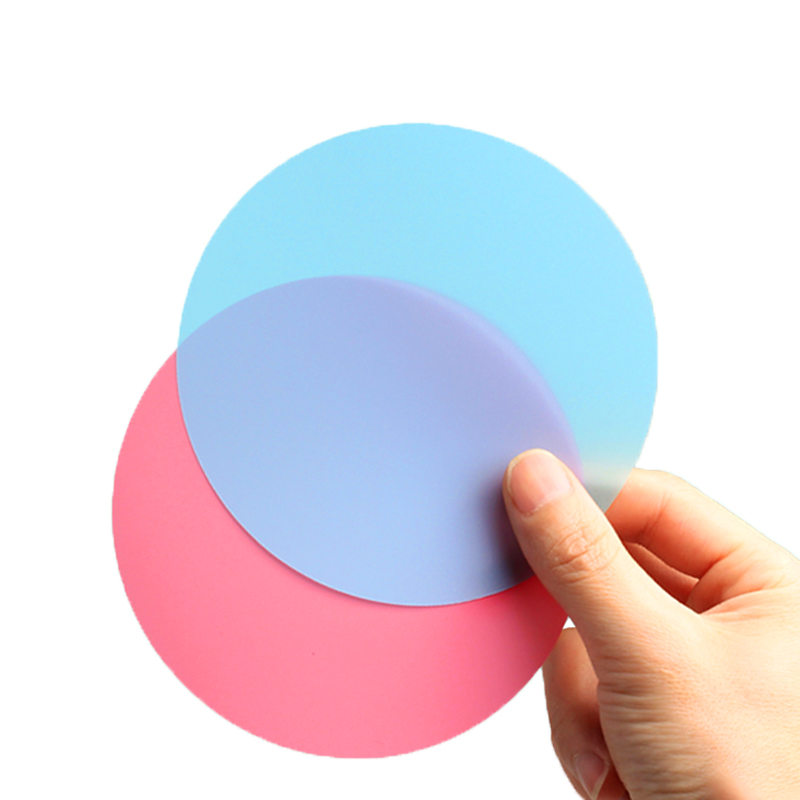What connectors require polishing?
Polishing is essential for most fiber optic connectors to ensure optimal performance, low insertion loss, and minimal return loss. Any connector that involves direct contact with fiber ends requires polishing to achieve the correct geometry and smooth finish. Here’s a list of connectors that typically require polishing:

1. SC (Subscriber Connector)
- Type: Single-fiber, square ferrule.
- Polishing Requirement: Requires polishing to ensure a flat surface, proper fiber alignment, and minimal optical loss. May require flat or angled polish (APC).
2. LC (Lucent Connector)
- Type: Small form-factor, single-fiber connector with a smaller ferrule than SC.
- Polishing Requirement: Needs precise polishing due to its small size and to ensure low insertion loss in high-density applications.
3. FC (Ferrule Connector)
- Type: Single-fiber, screw-on connector with a metal ferrule.
- Polishing Requirement: Must be polished carefully to maintain fiber alignment and ensure a smooth, clean end-face for high-precision use.
4. ST (Straight Tip)
- Type: Single-fiber, bayonet-style connector with a round ferrule.
- Polishing Requirement: Requires polishing to ensure a flat, smooth fiber end-face and proper alignment for optimal signal transmission.
5. MTP/MPO (Multi-fiber Push-On/Pull-Off)
- Type: Multi-fiber connectors with multiple fibers (usually 8, 12, or 24 fibers).
- Polishing Requirement: Polishing is critical to achieve the correct apex offset and ensure minimal signal loss across all fibers, especially in high-density configurations.
6. E2000
- Type: Single-fiber, high-performance connector used in high-speed telecom and data applications.
- Polishing Requirement: Requires precise polishing to ensure low insertion loss and smooth fiber end-face.
7. MTRJ (Mechanical Transfer Registered Jack)
- Type: Multi-fiber connector with a compact, mechanical design.
- Polishing Requirement: Polishing is essential for accurate alignment and proper fiber protrusion to reduce loss and reflectance.
8. SMA (SubMiniature version A)
- Type: Precision single-fiber connector, often used in high-frequency or military applications.
- Polishing Requirement: Polishing ensures a smooth fiber end-face for minimal signal degradation.
9. DIN (Deutsches Institut für Normung)
- Type: High-performance connector commonly used in high-end telecom and scientific applications.
- Polishing Requirement: Requires meticulous polishing to maintain low insertion loss and reflection.
10. LC/APC and SC/APC (Angled Polished Connectors)
- Type: Connectors with a fiber end-face polished at an angle (typically 8 degrees).
- Polishing Requirement: These connectors require specialized polishing techniques to achieve the proper angled finish for minimizing back reflection.
11. FC/APC
- Type: Similar to the FC connector but with an angled ferrule.
- Polishing Requirement: Requires angled polishing to minimize reflection and improve connection quality.

Why Polishing is Important:
- Surface Quality: Polishing ensures that the fiber end-face is smooth and free of defects, minimizing light loss and preventing issues like back reflection and signal degradation.
- Fiber Alignment: Proper polishing ensures that fibers align correctly when mated, reducing insertion loss.
- Connector Longevity: Polishing reduces wear on the connector and fiber, ensuring a longer life cycle and maintaining optimal performance.
-

Telecommunications
-

Automotive
-
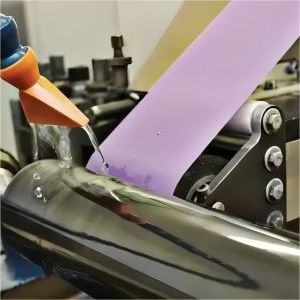
Roller finishing
-
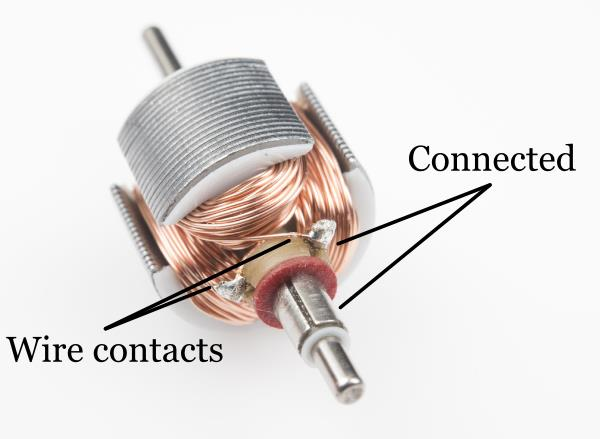
Electronics
-
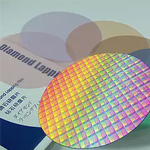
Semiconductors
-
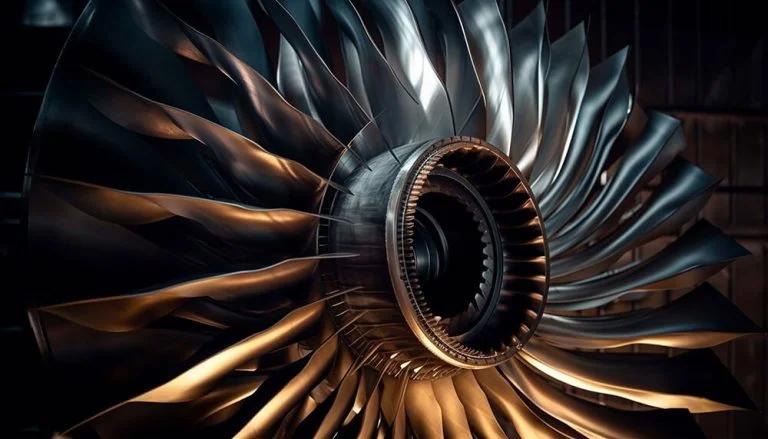
Aerospace
-
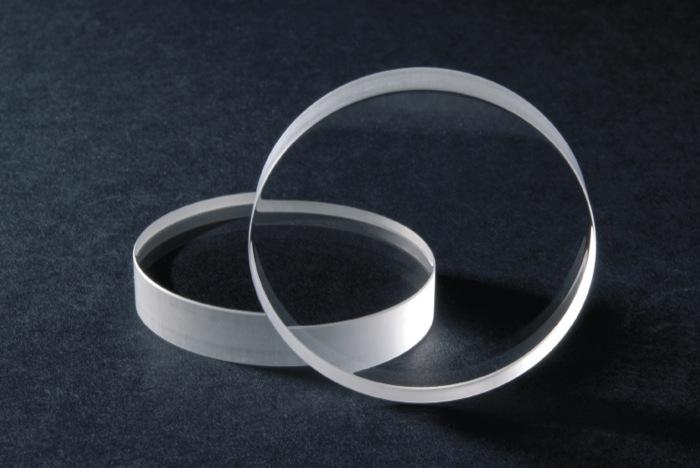
Optical Glass Crystal
-
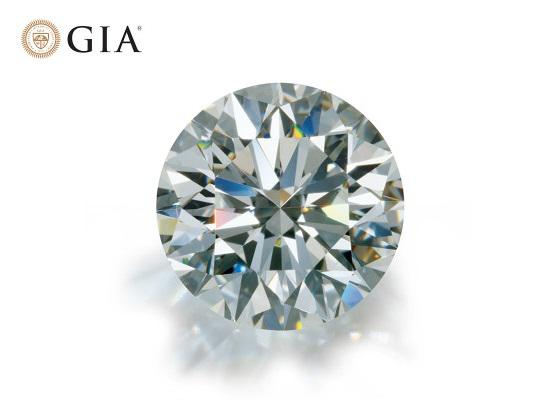
Jewellery lapidary
-

Medical
-

Oil & Gas
-

Food Processing
-
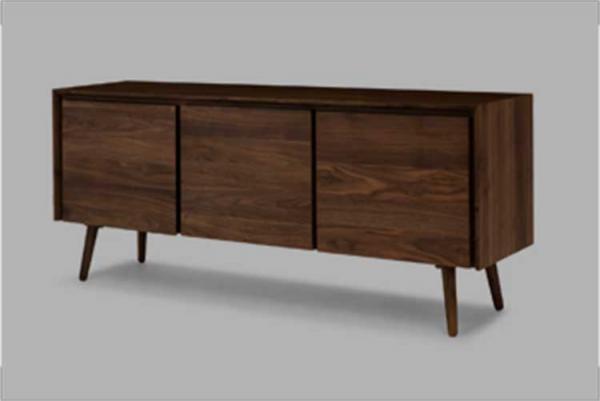
Furniture and Wood industry
-
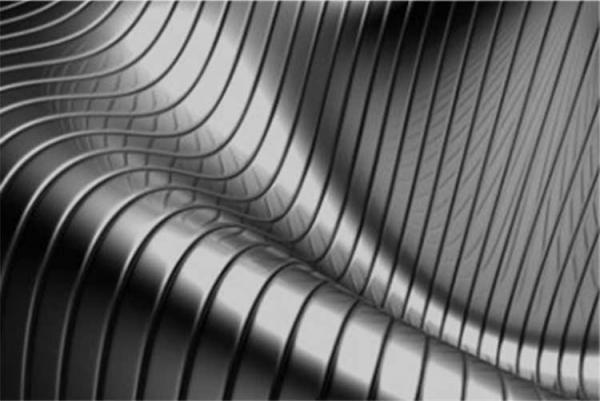
Metals Finish
-
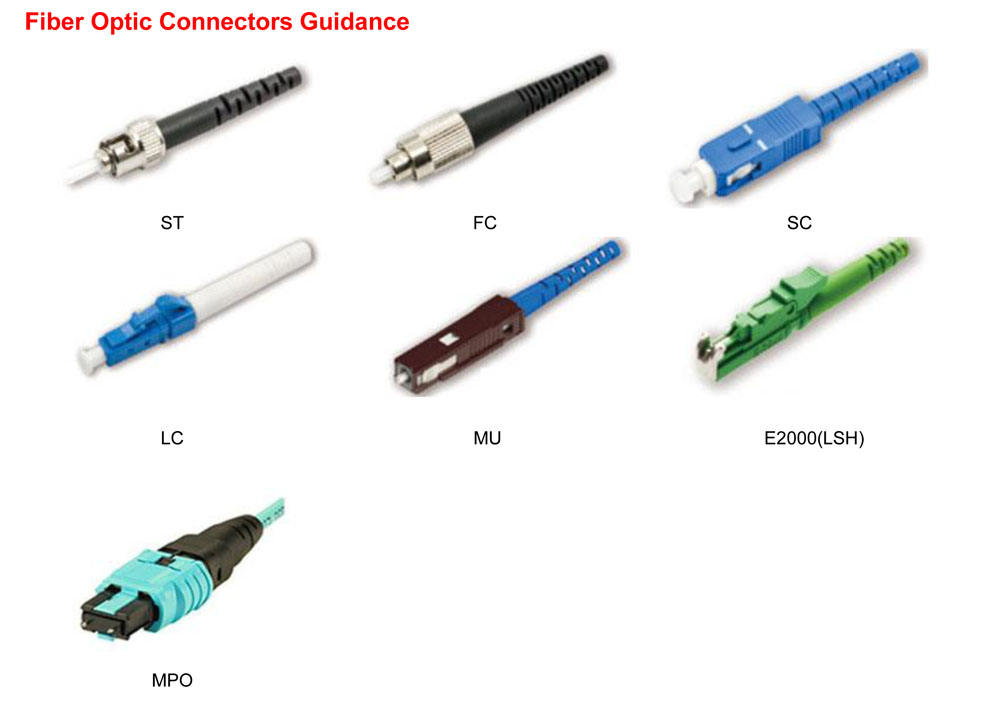
Fiber Optics Polishing
-
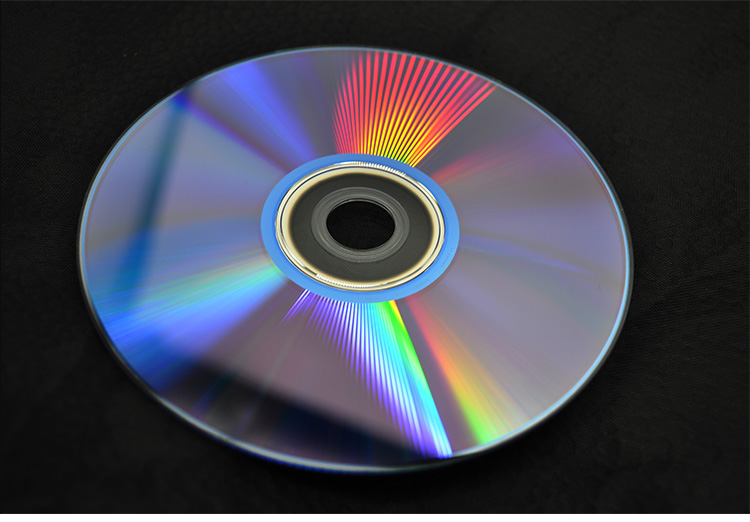
Music industry
-
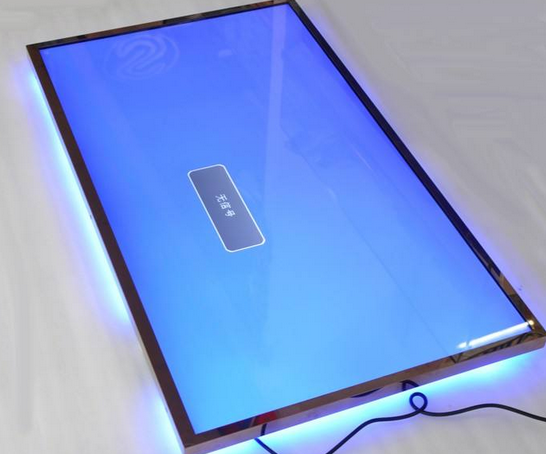
LED LCD Panel
-
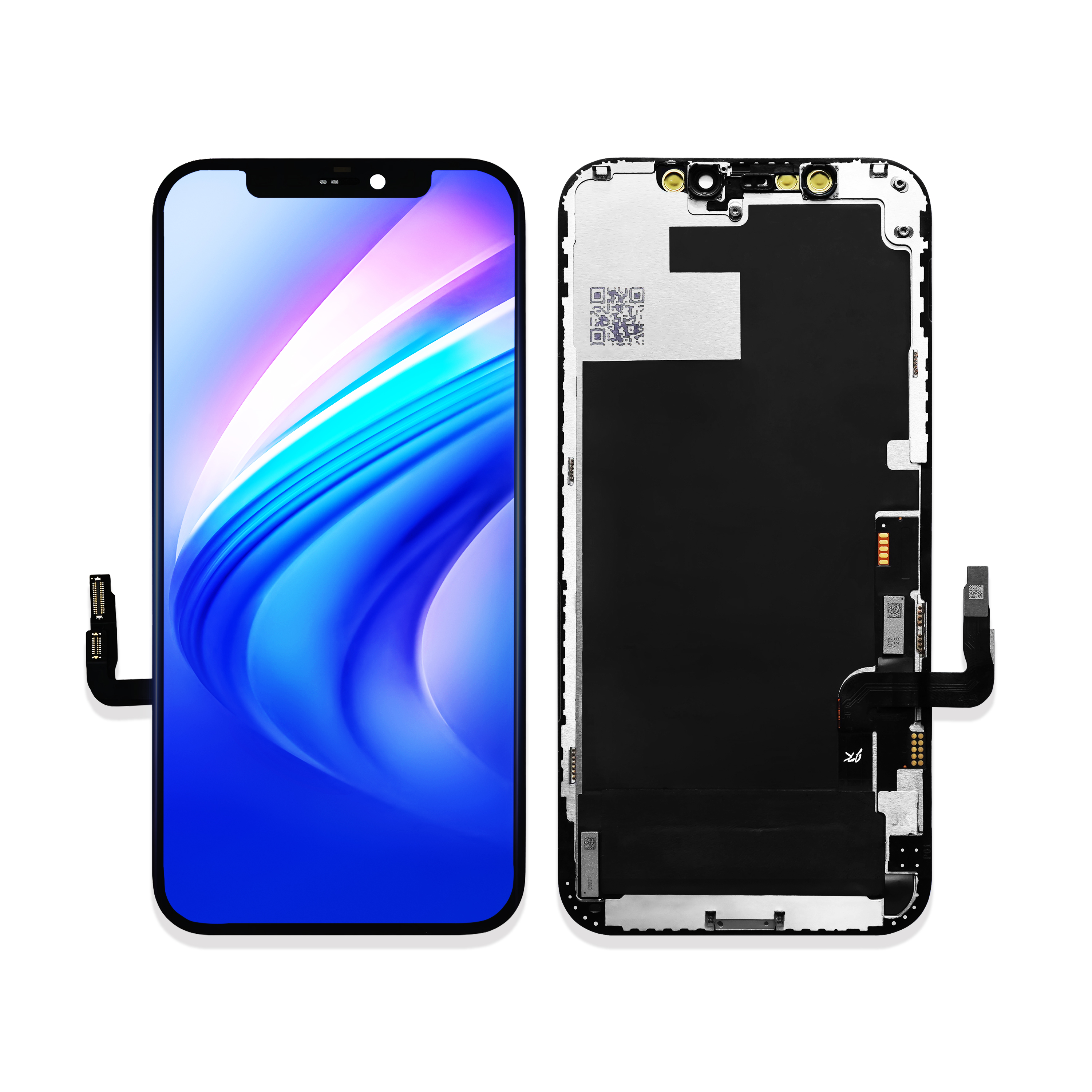
Mobile Phone Industry
-
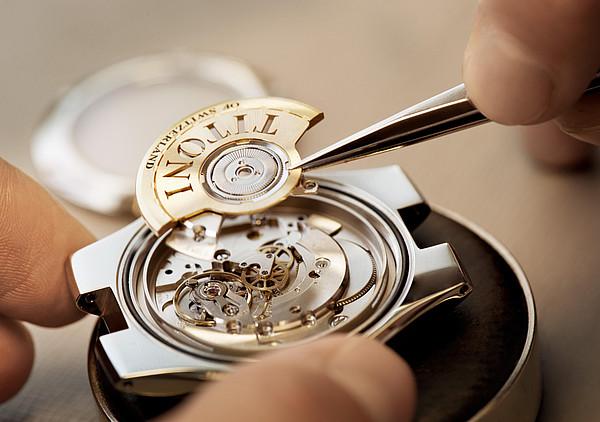
Watch
-
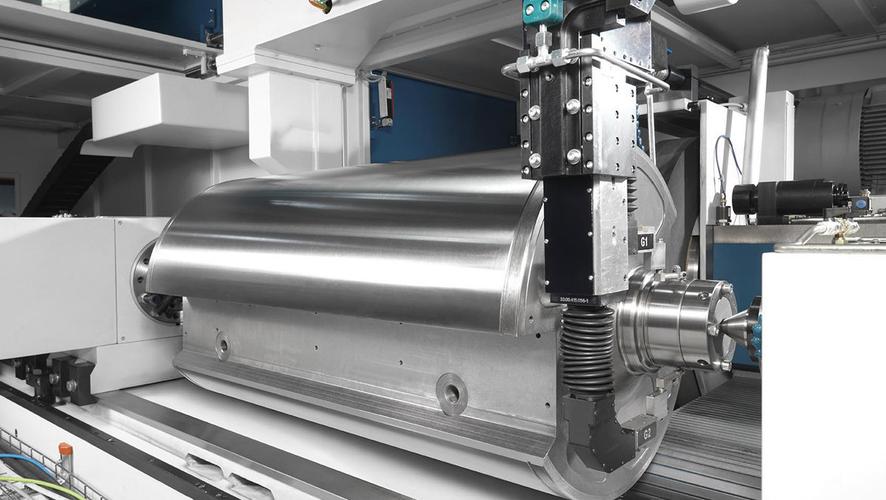
Printing and Paper industry
-
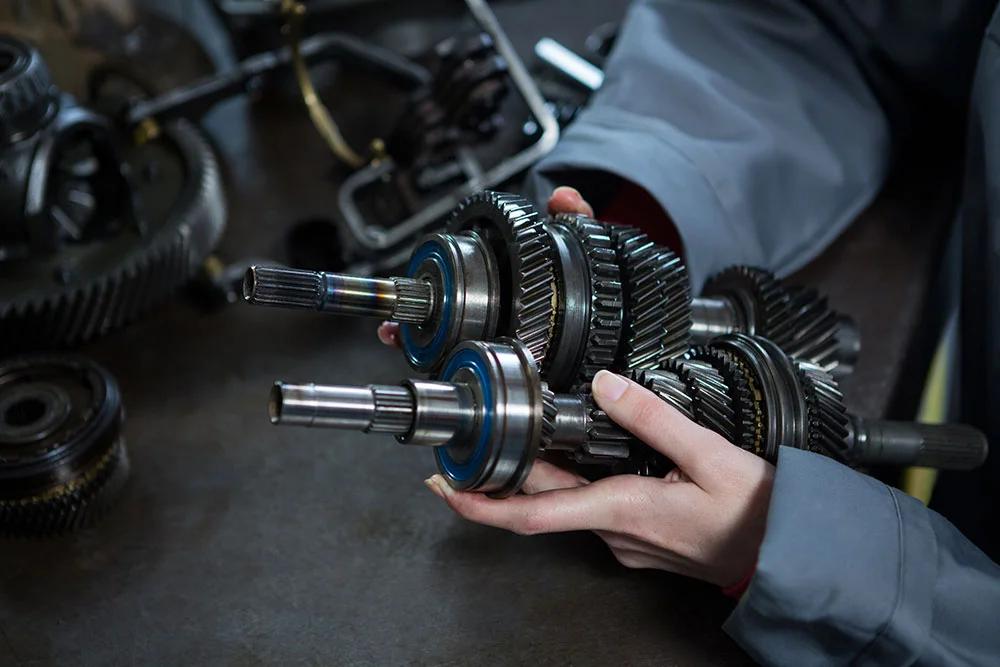
Engine and Machine parts
-
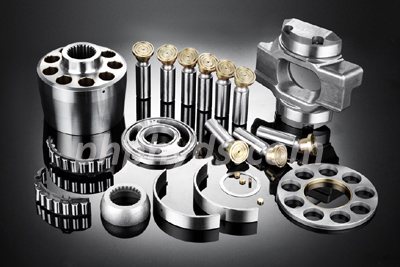
Hydraulic components
-
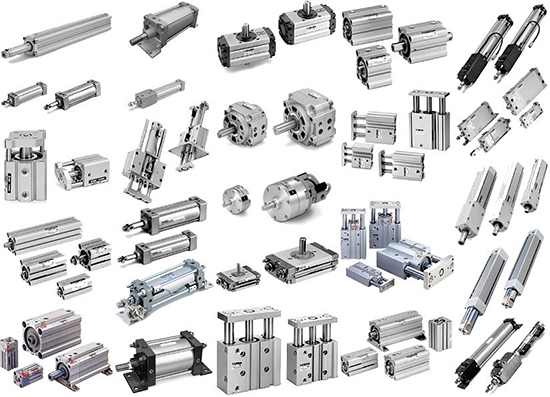
Pneumatic components
-
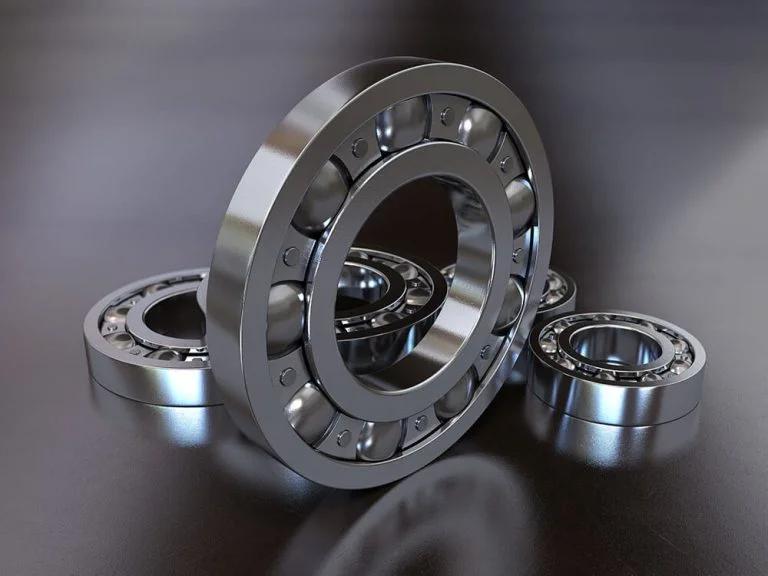
Ball bearings
-
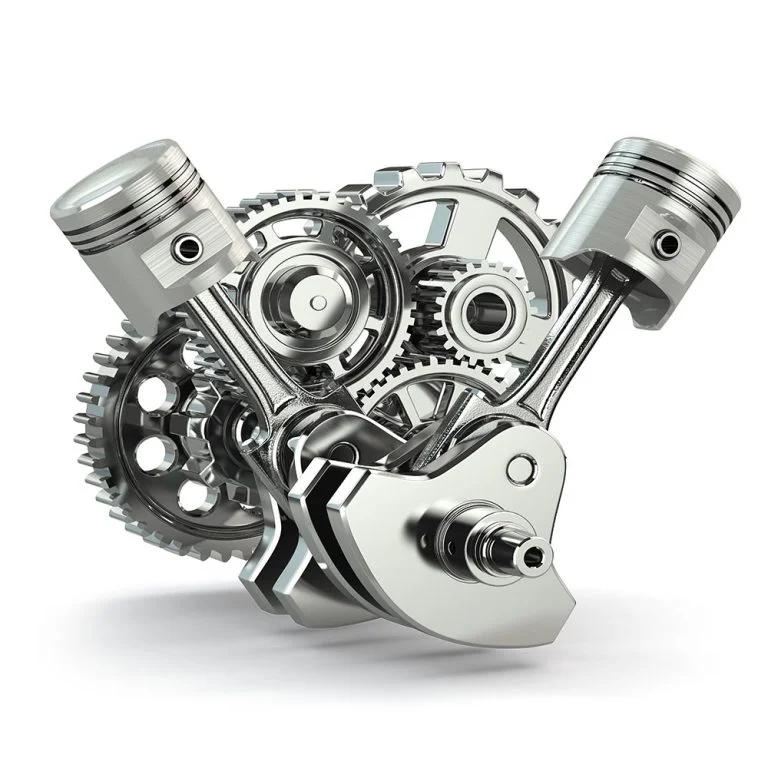
Gear and Train components
-
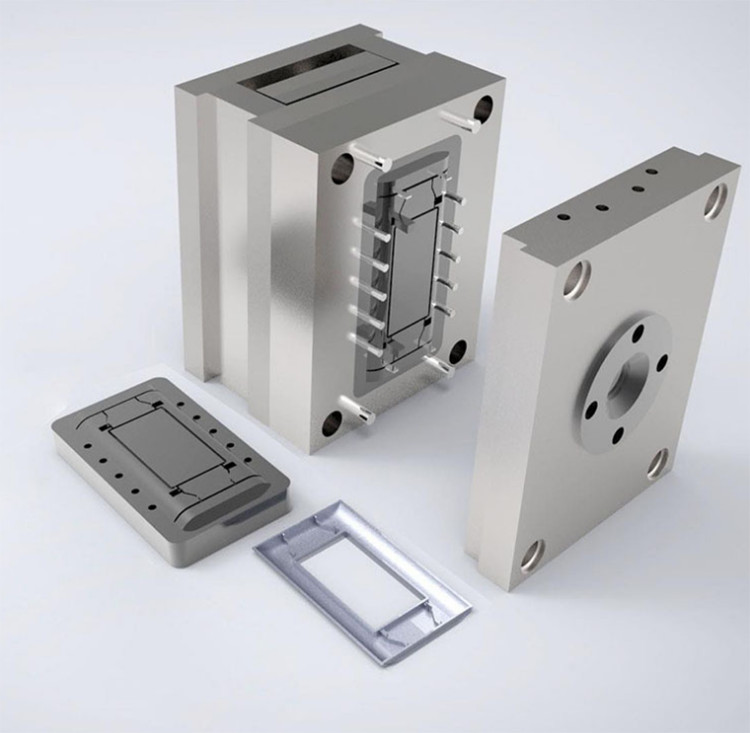
Moulds
-
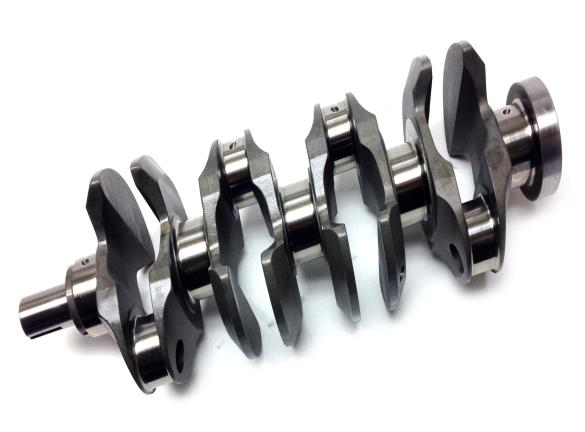
Cranks Cams and Steering devices
-
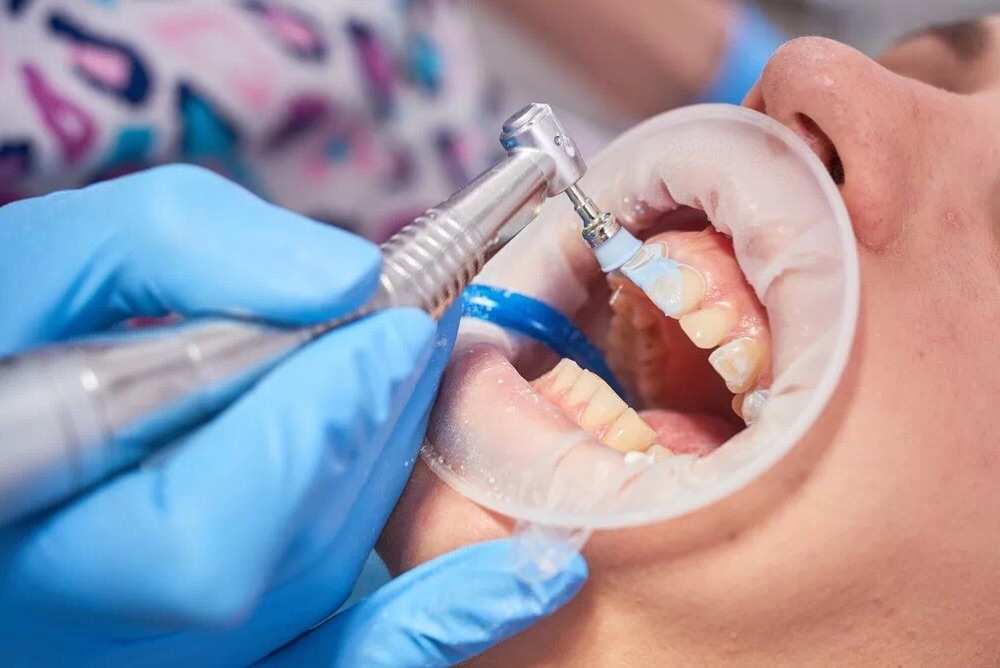
Dental Polishing
-
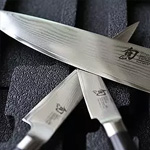
Knife Blade Tools sharpening
-
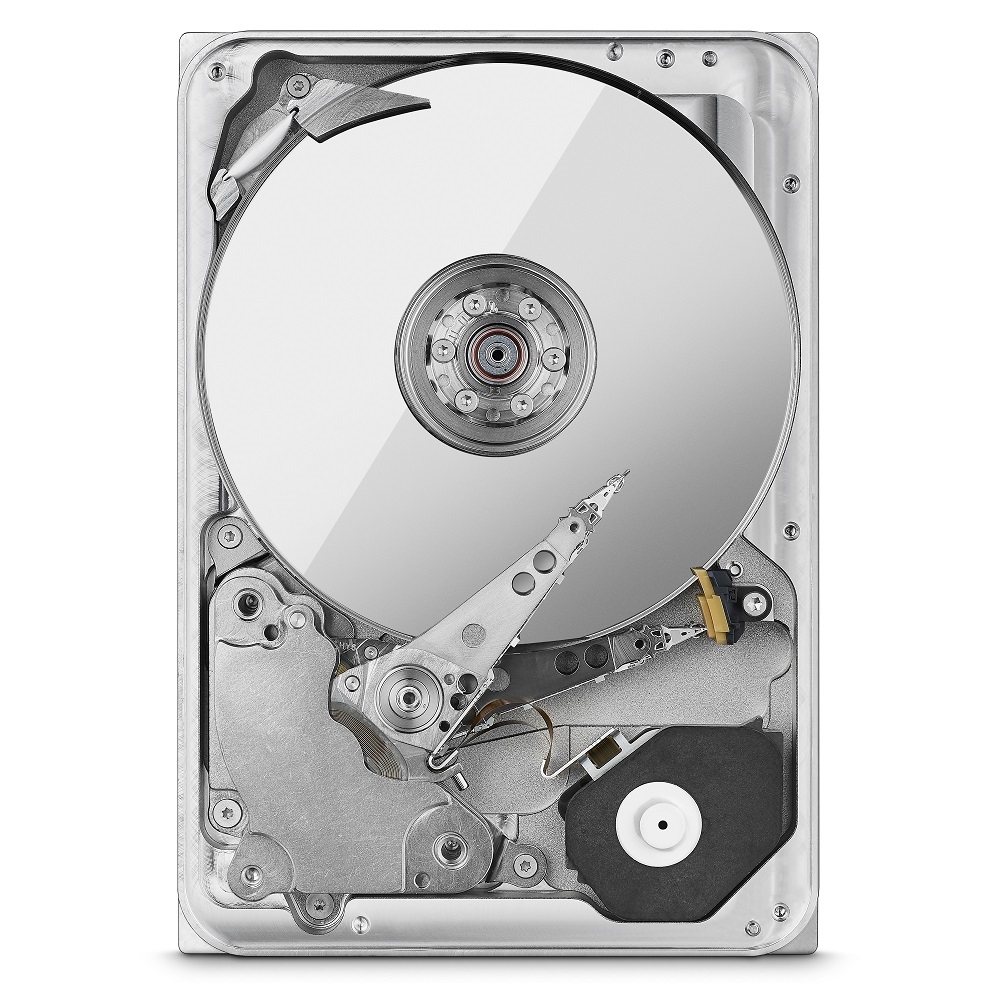
Hard disks and Magnetic head
-
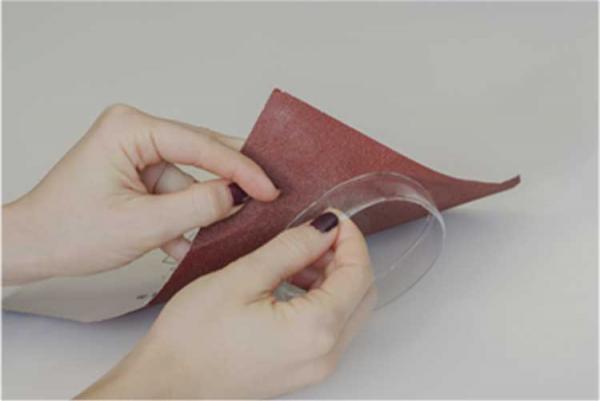
Other parts end face polishing


















































































